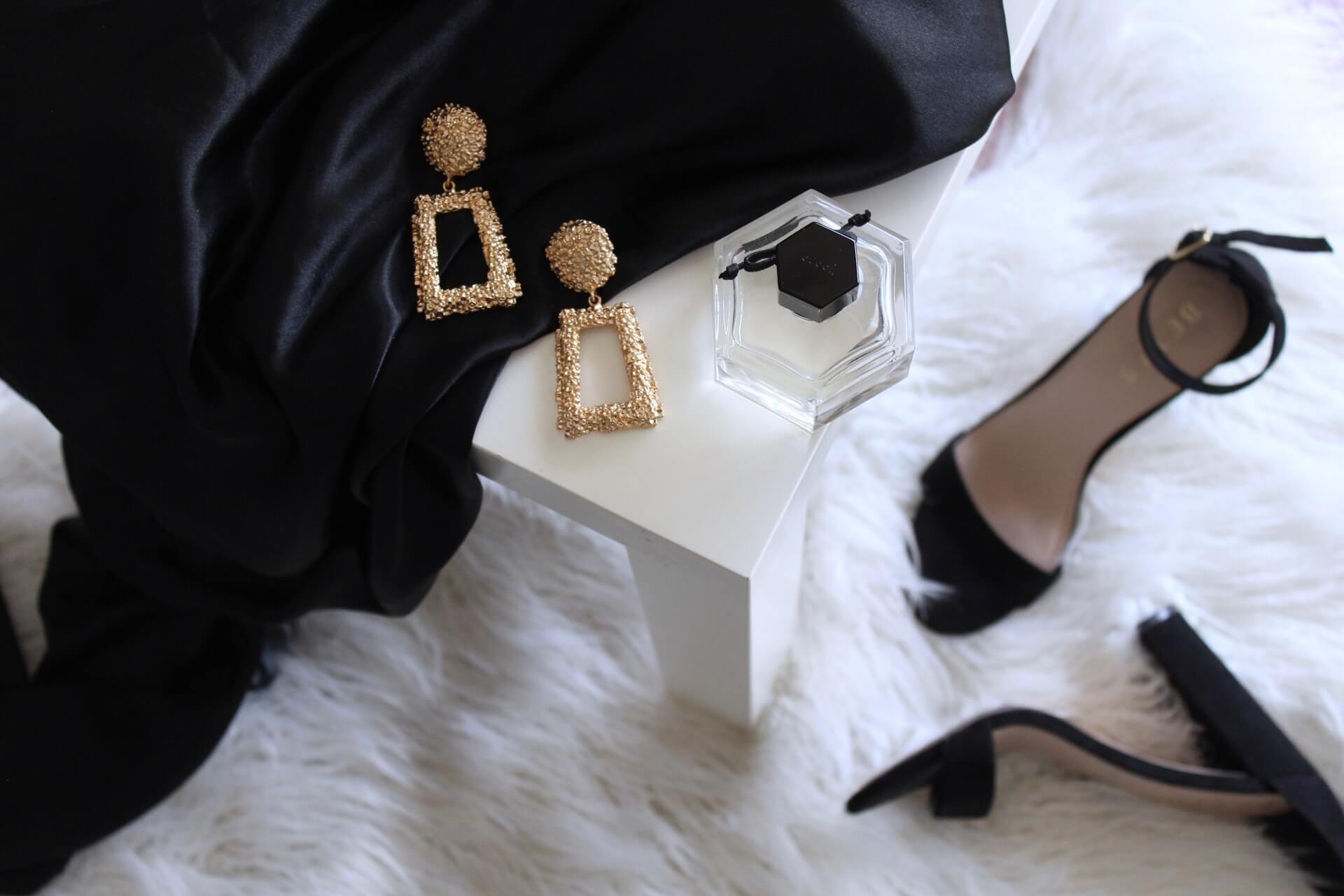The present article approaches consumers’ attitudes toward branded jewellery across European markets. The objective of comparison across markets is to identify factors what influences buying decision of luxury goods. The article considers the identified factors to prove that sustainability of the industry is preconditioned by the fact that customers’ buying decision of luxury goods depends more on personal attitudes towards branded jewellery, rather than economic influences.
Although branded jewellery are an integral part of the market in both developed and developing countries, little research has been done to examine motivational values towards purchasing luxury branded products. This discrepancy can be explained by the lack of consensus on what goods should be viewed as luxurious. Experts at Deloitte review several approaches to identifying luxury goods. Goods that are viewed as luxurious have a specific set of attributes.
Some experts, for example, Yuan & Kumah consider goods to be luxury if they are within a specific price range. Another popular vision suggests that the exclusivity of their distribution characterizes luxury goods. To avoid possible confusion, this article adopts the definition of luxury goods that have been suggested by Vickers & Renand. In their article, experts note that “Luxury goods can be differentiated from normal or “non” luxury goods by the extent to which they exhibit a distinctive mix of three essential dimensions of instrumental performance in terms of functionalism, experientialism and symbolic interactionism”. The definition is plausible not only because it offers a set of criteria by which one can distinguish between luxury and non-luxury goods, but also suggests that a purchasing decision of luxury goods is mainly preconditioned by personal attitudes towards this type of goods.
A two-step survey of 440 French customers allows Dubois & Laurent come to several important conclusions regarding the perception of luxury goods. While approaching respondents’ attitude toward luxury goods, Dubois & Laurent conclude that customers associated luxury goods with such terms as “upscale”, “quality”, “good taste”, “class”, “flashiness”, and “bad taste”. The analysis of terms allows suggesting that many customers tend to experience ambivalent feelings when it comes to luxury products. The same person may view buying luxury items as an indicator of a good and a bad taste.
Dubois & Laurent further examines this ambivalence, who make assumptions why Europeans like or dislike luxury goods. The two most common reasons for which European consumers do not feel motivated to buy luxury products are lack of interest in luxury and a perceived lack of fit between the individual and luxury. The respondents who name the former reason do not see much value in luxury goods, so they do not have an appétit for them. In turn, respondents chose the second reason to explain their resilience to buying luxury goods by their inexpertise, uneasiness with luxury environments, or a feeling of artificiality when they wear luxury items.
At the same time, respondents who demonstrate the “I like luxury” attitude view luxury goods as an area where they could advance their knowledge and a source of inspiration. They consider their aspiration to buy luxury goods as a contribution to a better life.
There are six factors that influence buying decisions of luxury goods in European consumers: high quality, price, scarcity, individualistic identity, superfluousness, and symbolism of luxury goods. Dubois & Laurent has identified high quality as a factor preconditioning buying decisions of luxury goods. While deciding to buy luxury goods, customers expect a superior worth and high level of brand availability.
The very high price of luxury goods is perceived as a way to classify oneself as a social elite since luxury brands are often inaccessible to the significant chunk of society. The scarcity of luxury goods shapes the perceived ability to differentiate from most other buyers. The more infrequent is the brand, the more worth customers perceive it.
The poly sensuality is another critical factor influencing the buying decision of luxury goods. For customers, choosing luxury brands is not only a way to realize materialistic expectations, but also an opportunity to experience aesthetic satisfaction, to discover another facet of one’s personality. A common reason making customers consider buying luxury goods is to realize one’s sentiments. Luxury goods are often associated with quality validity and enduring values. Superfluousness as a factor preconditioning buying decision of luxury goods “symbolizes the involvement possessing these brands expect concerning unique results rather that make use of the brands”.
It is thus evident that despite economic turmoil, the luxury industry continues its growth and development. It is attributed to the fact that the buying decision of luxury goods is preconditioned not only by economic, but also psychological factors. It can be concluded that the reasons for which customers choose to buy luxury products do not differ substantially from country to country. Customers consider buying luxury goods because the process is associated with a wide range of experiences, including perceived reliability, opportunity to classify oneself to a particular group of people, and unique aesthetic satisfaction. Although the perception of these and other discussed factors may change over time, the knowledge of them is fundamental. It provides insights into how the luxury industry resists economic turmoil and secures sustainability.

